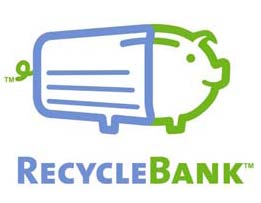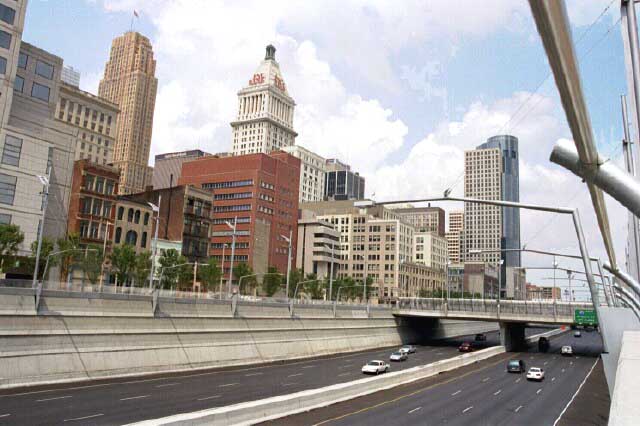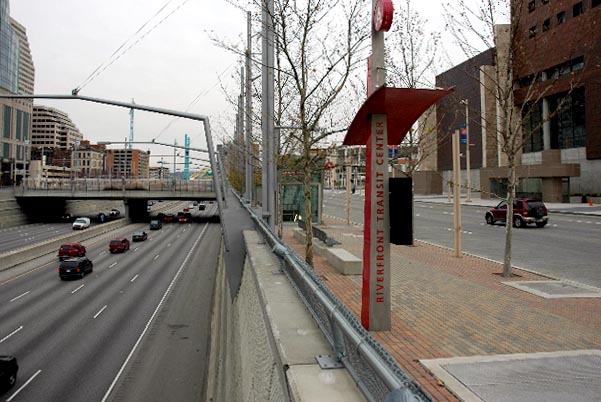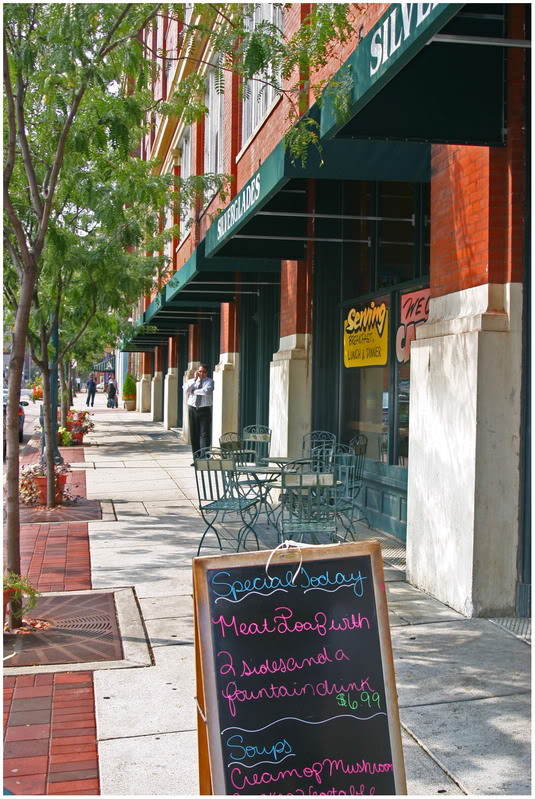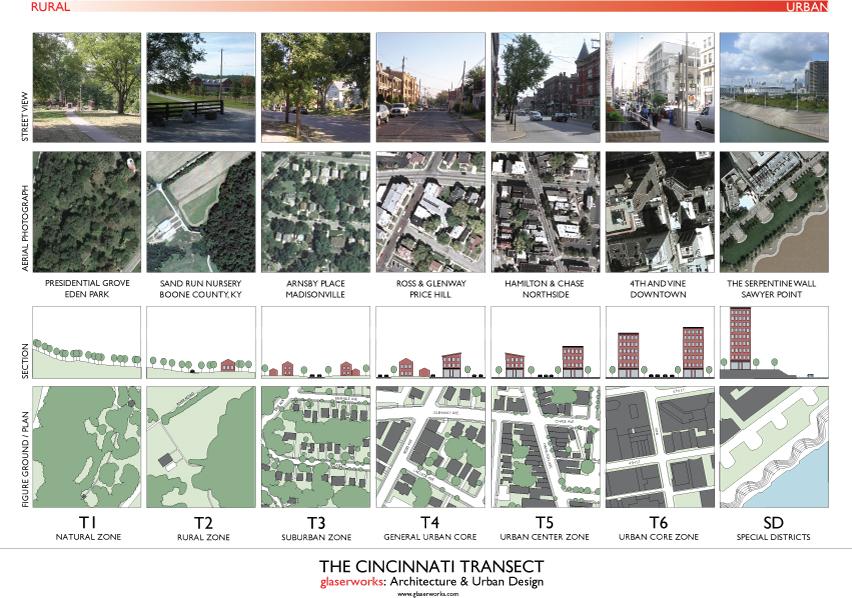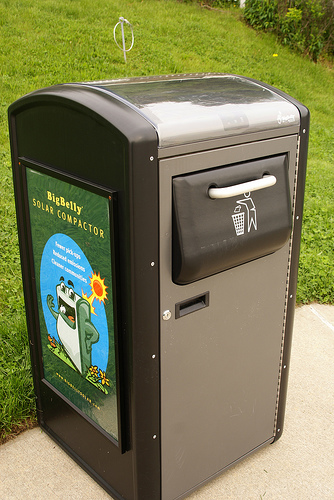The City of Cincinnati announced, in June 2010, that they would partner with RecycleBank and Cascade Engineering to completely change the way Cincinnatians recycle. After a false start on larger recycling carts earlier in the year, the news came as a pleasant surprise to those looking to increase the volume of recycled household waste.
The RecycleBank partnership will make Cincinnati the largest Midwestern city to take part in the program that offers tangible incentives for residents to be greener in their everyday lives. The program works by effectively paying participants for their household recycling. Residents earn 2.5 points for each pound of recycled material that fills their recycling “smart carts” which are weighed at the time of pick-up. The points are then automatically deposited into an online account where the participants can use them to purchase products or gift cards to both local vendors like Park & Vine or national vendors like Target.
There are winners everywhere in this agreement. Users win because they are effectively paid to recycle their household waste. The City of Cincinnati wins as there is an up-front savings of over $1 million in collection (it will be changed to bi-weekly) and landfill costs for an initial investment of $750,000 which is coming from federal stimulus money. And finally, the environment wins as RecycleBank has shown positive returns as residents recycle more, by as much as 30 percent more, of their day to day household items.
While the City has yet to officially announce how people can participate in this free program, those interested can visit RecycleBank’s website to start an online rewards account now. It is free to sign up and the site offers helpful hints to be more green throughout day-to-day life. Additionally, users can jump start their account by earning points through other programs including a mail in electronics recycling program. The points earned through these other programs can then applied to the account used for Cincinnati’s curbside recycling program expected to start this October.
